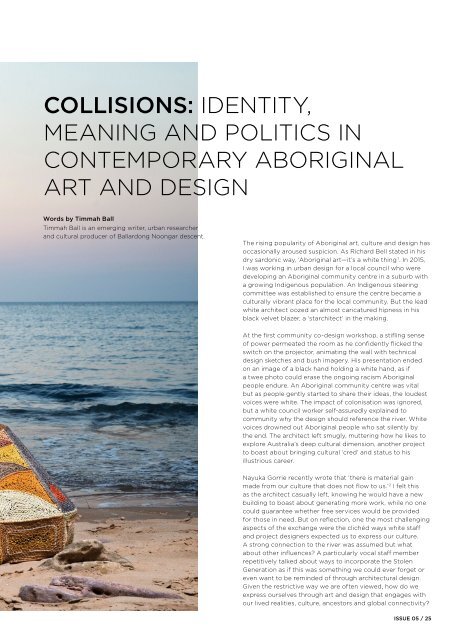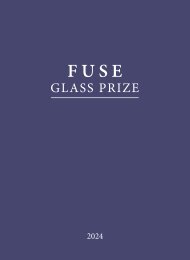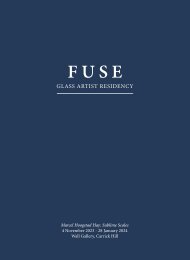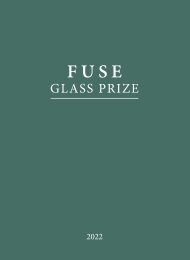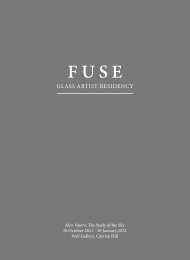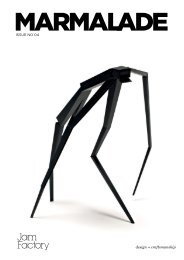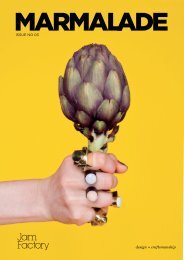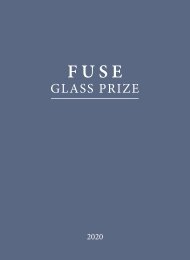Marmalade Issue 5, 2017
Create successful ePaper yourself
Turn your PDF publications into a flip-book with our unique Google optimized e-Paper software.
COLLISIONS: IDENTITY,<br />
MEANING AND POLITICS IN<br />
CONTEMPORARY ABORIGINAL<br />
ART AND DESIGN<br />
Words by Timmah Ball<br />
Timmah Ball is an emerging writer, urban researcher<br />
and cultural producer of Ballardong Noongar descent.<br />
The rising popularity of Aboriginal art, culture and design has<br />
occasionally aroused suspicion. As Richard Bell stated in his<br />
dry sardonic way, ‘Aboriginal art—it’s a white thing ’1 . In 2015,<br />
I was working in urban design for a local council who were<br />
developing an Aboriginal community centre in a suburb with<br />
a growing Indigenous population. An Indigenous steering<br />
committee was established to ensure the centre became a<br />
culturally vibrant place for the local community. But the lead<br />
white architect oozed an almost caricatured hipness in his<br />
black velvet blazer, a ‘starchitect’ in the making.<br />
At the first community co-design workshop, a stifling sense<br />
of power permeated the room as he confidently flicked the<br />
switch on the projector, animating the wall with technical<br />
design sketches and bush imagery. His presentation ended<br />
on an image of a black hand holding a white hand, as if<br />
a twee photo could erase the ongoing racism Aboriginal<br />
people endure. An Aboriginal community centre was vital<br />
but as people gently started to share their ideas, the loudest<br />
voices were white. The impact of colonisation was ignored,<br />
but a white council worker self-assuredly explained to<br />
community why the design should reference the river. White<br />
voices drowned out Aboriginal people who sat silently by<br />
the end. The architect left smugly, muttering how he likes to<br />
explore Australia’s deep cultural dimension, another project<br />
to boast about bringing cultural ‘cred’ and status to his<br />
illustrious career.<br />
Nayuka Gorrie recently wrote that ‘there is material gain<br />
made from our culture that does not flow to us.’ 2 I felt this<br />
as the architect casually left, knowing he would have a new<br />
building to boast about generating more work, while no one<br />
could guarantee whether free services would be provided<br />
for those in need. But on reflection, one the most challenging<br />
aspects of the exchange were the clichéd ways white staff<br />
and project designers expected us to express our culture.<br />
A strong connection to the river was assumed but what<br />
about other influences? A particularly vocal staff member<br />
repetitively talked about ways to incorporate the Stolen<br />
Generation as if this was something we could ever forget or<br />
even want to be reminded of through architectural design.<br />
Given the restrictive way we are often viewed, how do we<br />
express ourselves through art and design that engages with<br />
our lived realities, culture, ancestors and global connectivity?<br />
ISSUE 05 / 25


